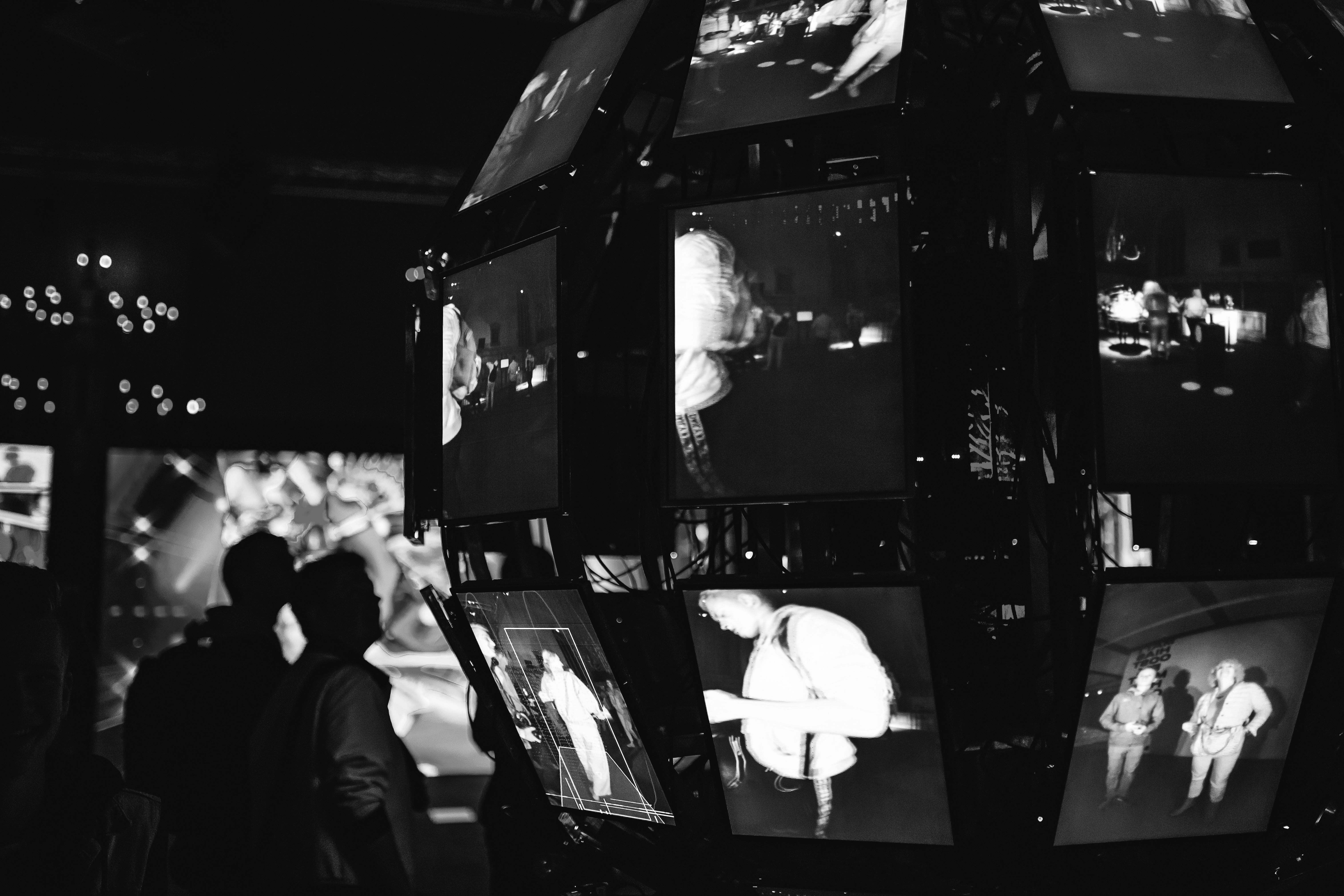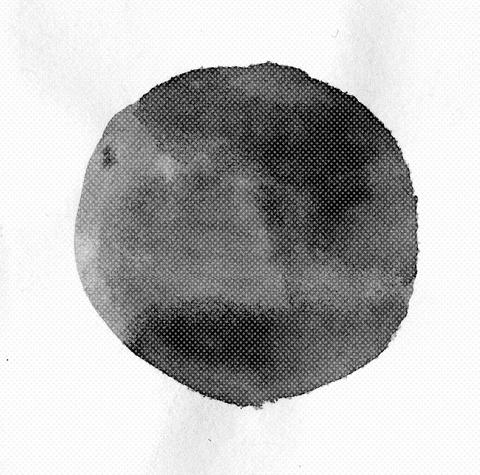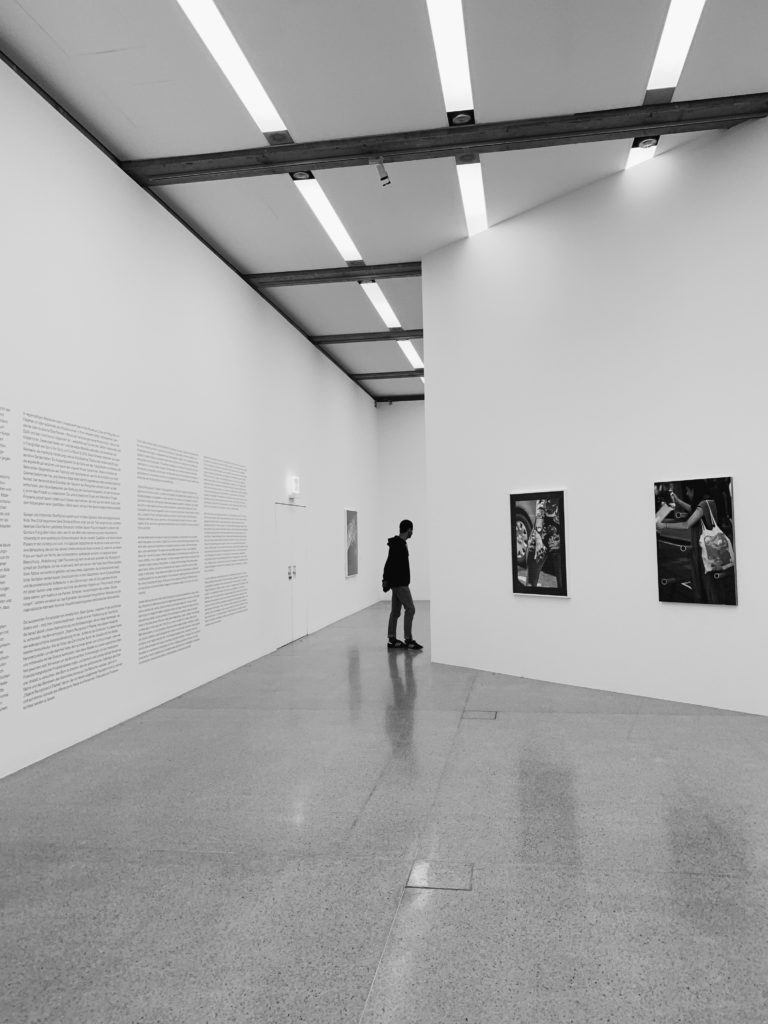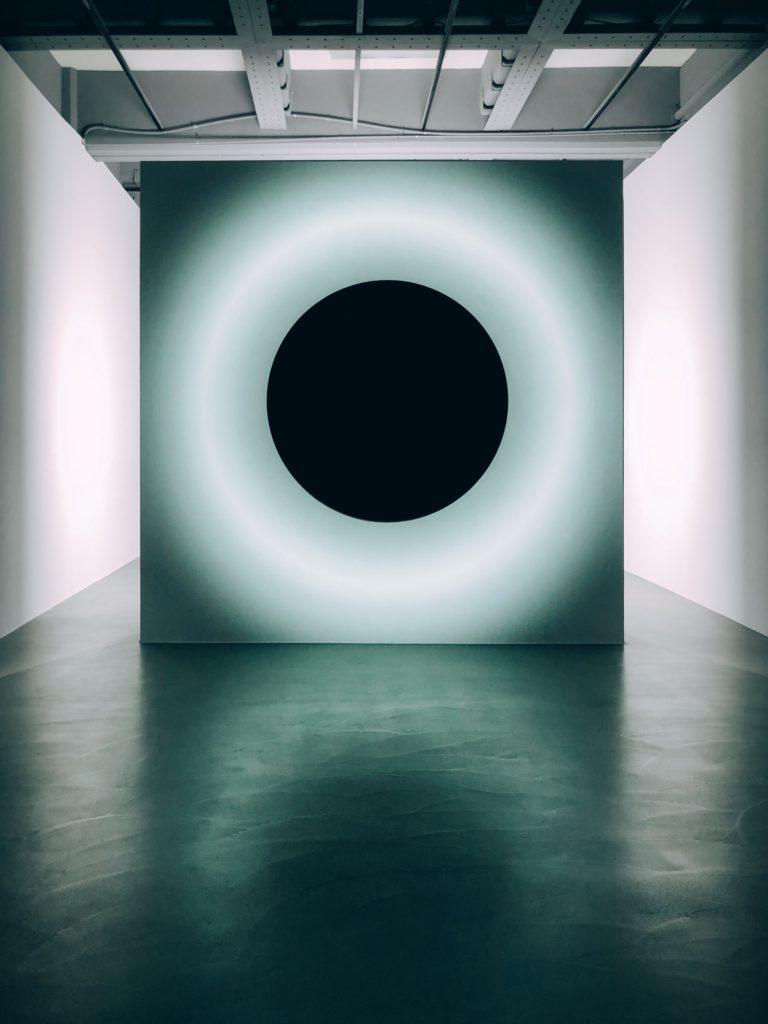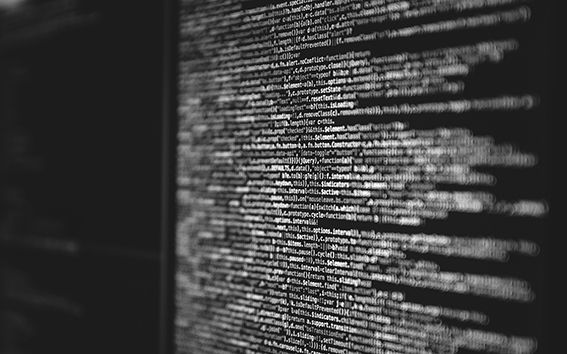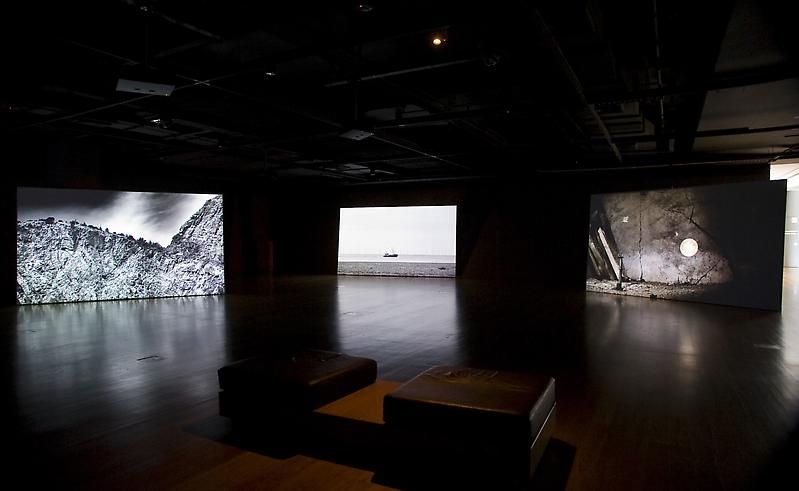NFTs and Institutions
With all that’s been happening with the boom of NFTs in the last year a lot of people have been questioning whether they are just a bubble tied to the rise of cryptocurrencies and the rise of digital art in general. However, recent changes on the scene show that NFTs are entering the ‘traditional art system’ through legitimized auctions, exhibitions, and certified platforms. It may have all started as a technological experiment, giving headway to digital art and allowing impromptu creatives to make a quick buck. However, with the caliber of artists such as Damien Hirst creating his very own



